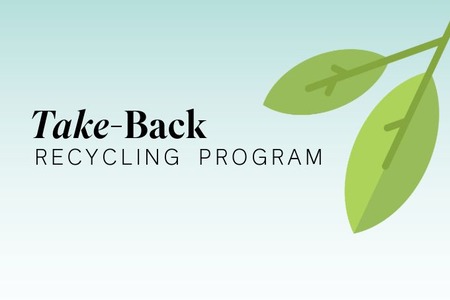
Russia to come up with new polyester fibre and nonwovens plant
YarnsandFibers News Bureau 2014-01-09 12:00:00 – RussiaRussia to come up with its large scale polyester fibre and a new generation of nonwovens production plant in Tambov region by CJSC Kotovsky Nonwovens Plant, one of Russia’s largest producers of nonwovens.
The capacity of this plant will be 210,000 tons of polyester fibre per year as well as 20,000 tons of a new generation of multi-layer nonwovens and will require a total investment of more than 2 billion Roubles (USD$60 million).
Part of the funds for the project will be allocated by the company from its own resources, while the remaining will be provided by the banks, in the form of loans. The project is personally supported by the governor of the Tambov region Oleg Betin.
The analysts of the Russian Association of Non-Wovens Producers believe that the project may achieve significant success in the Russian market, taking into account the fact that the local demand for innovative textiles and nonwovens has significantly increased in recent years.
According to the analysts, the production from the new plant should be able to occupy its own niche in the Russian market and be in high demand among the many segments of Russian industrial production.
In addition, the competition in the segment of nonwovens for medical use is not so intensive, as in other segments of the Russian market - for example, disposable hygiene products and roofing membranes, which are mostly dominated by foreign producers.
In case of hygiene products, currently the segment is divided by Procter & Gаmble, and SCA Hygiene Products, whose combined share is estimated at more than 75% of the market. At the same time such companies as DuPont and Juta currently remain the leaders in the roofing membranes segment.
Using new modern technologies and long production experience, as well as financial and marketing resources, allowed these companies to establish their own production facilities in the territory of Russia and to start regular imports of their production to the country, withdrawing local producers from the market.
In case of polyester fibre, according to Maxim Zhigachev, head of the Russian Association of Non-Wovens Producers, currently Russia experiences a lack of primary production of polyester fibre, having only their secondary production, which involves only waste processing and in particular PET bottles.
Currently primary fibre is produced in neighbouring Belarus, at the facility of the local Mogilevkhimvolokno plant, the country’s flagship producer of chemical fibres, which means that the establishment of the first such plant in Russia will be an acute need for the country.
He also added that the announced production capacities of the Kotovsky project are very large, which means that the new enterprise will supply its production not only to the domestic, but also foreign markets. At the same time the current volume of the Russian market for polyester fibre is estimated at about 150,000 tons per year.
The growth of domestic production is prevented by lack of raw materials, as there are no companies in Russia, which produce PET of textile quality.
In the case of nonwovens, according to Zhigachev, the launch of such production will be timely for Russia, as, so far, the country has not had such production. He says that, currently Russia has only production of nonwovens with the use of spunbond technology, most of which are relatively simple in terms of technology and are produced by about ten enterprises in the country.
Overall, the volume of the Russian nonwovens market in 2012 reached about 2.3 billion square metres. At the same time its production since 2009 has increased by 74%. Such a significant increase is mainly due to the introduction of new modern technologies in the industry, which will also stimulate its further growth during the next few years.
According to analysts, the growth of the industry will continue despite the long payback periods of such projects, which could be as long as 10 years or even more.
The same applies to the polyester fibre segment, the demand for which will also continue to increase, as it remains a raw material for nonwovens and other types of textiles.
The new plant is expected to be commissioned by 2015. In case of nonwovens, according to the company, there are plans to focus on the production of innovative products, which are mostly used in medicine. These will be materials, based on layers, obtained by the spunbond and meltblown technologies.
Market Intelligence
Ask for free sample Report

experience
Customer Base
dedicated team
Countries Served Worldwide









